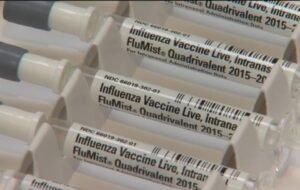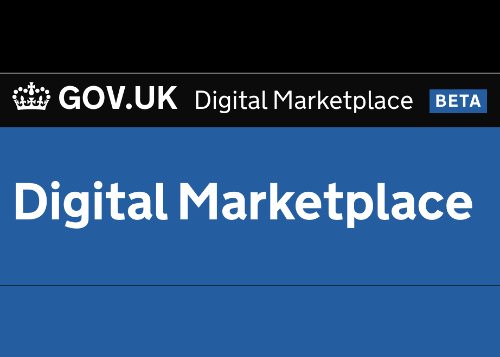In the previous post, we summarised what PHE’s No Child Left Behind means for Providers.
But what can you do to ensure you’re taking action ‘to mitigate risks of poor outcomes’, and meeting PHE’s aims? And how can you utilise tools, like SchoolScreener, to best meet targets for modernisation and leaner working?
Don’t risk falling behind the competition. Keep reading to find out more.
Obstacles to No Child Left Behind UK: What are we up against?
To answer these questions, we first need to examine what exactly are the obstacles to PHE’s No Child Left Behind.
Current methods are rife with opportunities for at-risk children to avoid detection. Moreover, current methods can be inefficient compared with modern solutions. This means Providers are spending more time doing the same tasks – meaning less time to care.
We know Providers are hard pressed for time under ideal circumstances. However, in the case of vulnerable children, this is even more pronounced.
We’ve listed some of the most common ways that children can slip through the net:
- Incomplete lists of children. It can take only a single admin error to miss out a child.
- Lack of ‘big picture’ view can make it difficult to see who’s missing out. Cohort views allow for at-a-glance identification of high-risk children.
- Lost forms and letters. Schoolkids can be careless, but it shouldn’t cost them their wellbeing.
Checklist – Stop Vulnerable Children Slipping Through the Net
Here are 5 simple things you could do to help stop children slipping through the net:
- Make records easier to search through and filter.
- Use a single, centralised system to monitor entire cohorts. Being able to view all data at a glance makes it far easier to identify high-risk children, or those that are missing out.
- Implement an easy way to view who hasn’t received something (e.g. health needs questionnaire, consent forms, vaccination or screening)
- Share information amongst teams, across geographical boundaries. Gone are the days of hard and fast borders. Information should be fluid, and without boundaries.
- Introduce a way to move records between schools. Don’t lose children, or valuable data, if they move schools.
Providers would be well served to find a way to tick all of these boxes at once. Being able to prove you are aligning with PHE’s overarching goals could be instrumental in landing your next contract.
SchoolScreener is solely designed to help Providers meet core commissioning aims to help release more time to care. All applications are configured according to each Providers’ requirements, in Schools and Provider wide, to support efficient and effective delivery of the Healthy Child Programme.
And, whilst our programme offers many ways to minimise risk factors to vulnerable children, it is also invaluable in streamlining services for entire cohorts.
If you have more time and money than sense, then perhaps SchoolScreener isn’t right for you.
But if you are looking for ways to cut costs, and save time – allowing you to create more time to care for the most vulnerable members of our society – find out how we can help you here.
For more information on SchoolScreener, please click the links below.
SchoolScreener Health Needs
SchoolScreener NCMP
SchoolScreener Vision/SchoolScreener Hearing
SchoolScreener Imms










